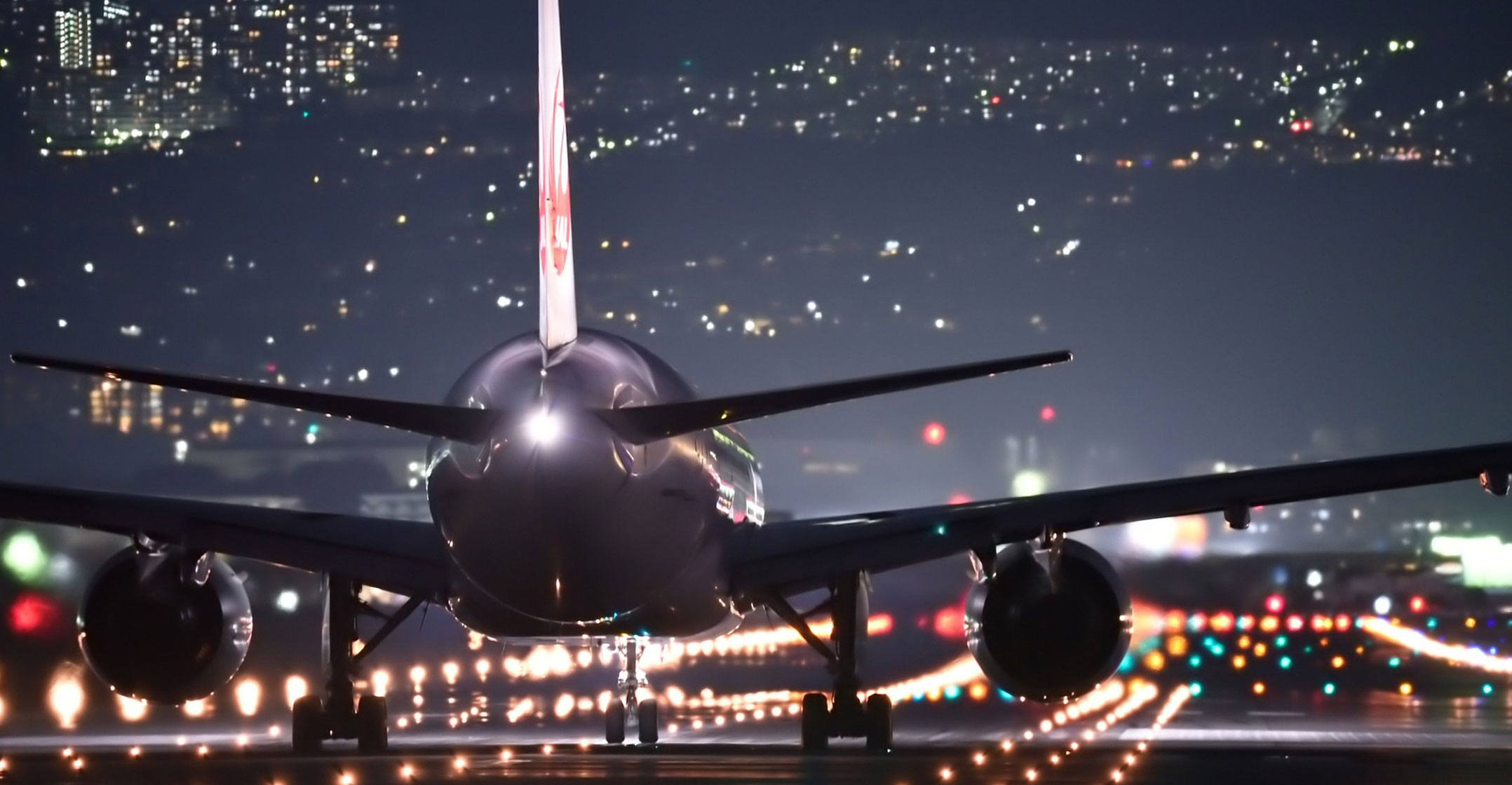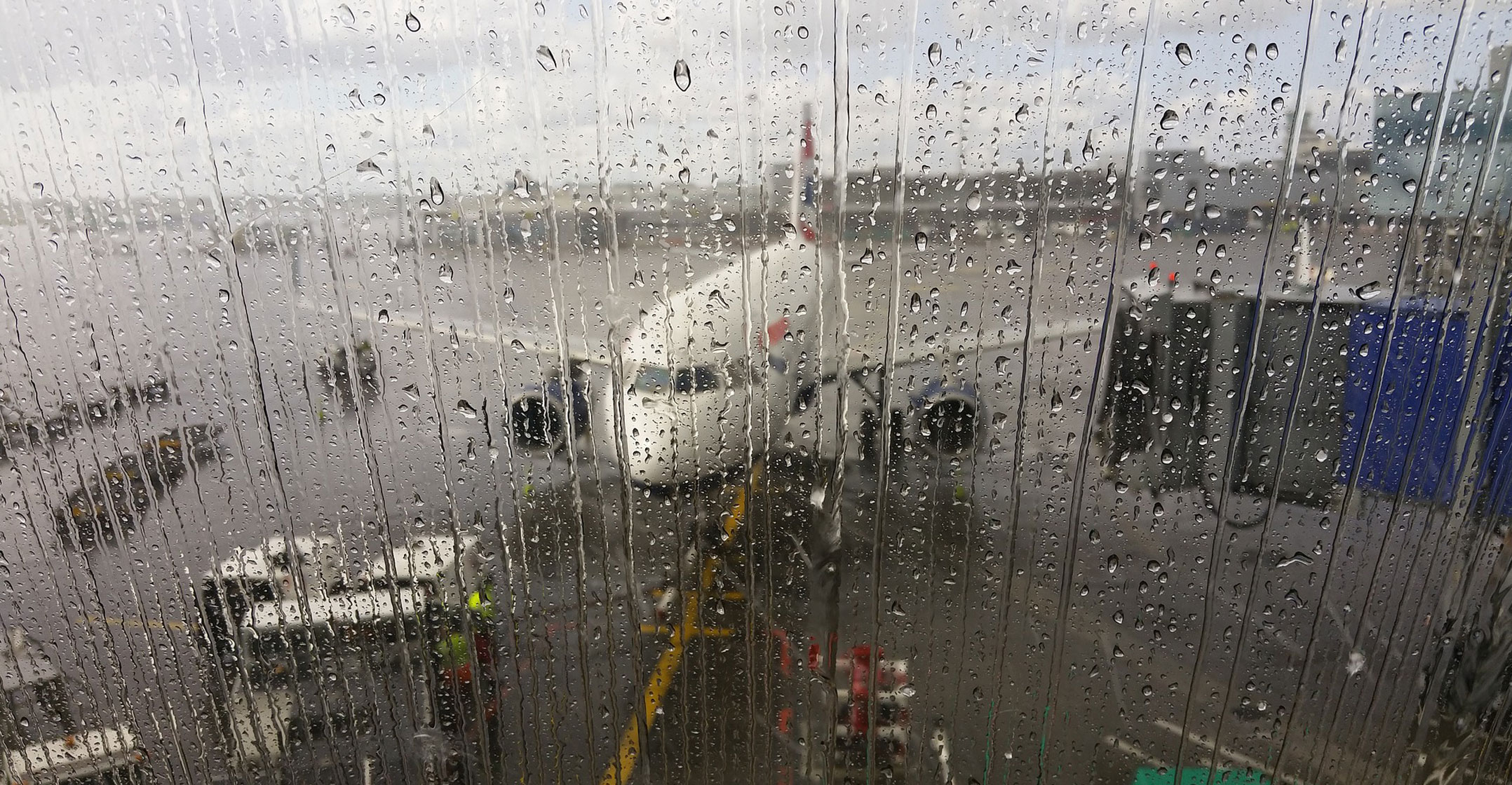 Imagine landing at a major airport and the only human official you meet on your way through the terminal is a customs officer.
Imagine landing at a major airport and the only human official you meet on your way through the terminal is a customs officer.
Singapore’s Changi Airport, voted the world’s best for the past six years by Skytrax, is pursuing that goal of extensive automation with such vigour that it built an entire terminal to help test the airport bots of the future.
Here’s an idea of what Asia’s second-busiest international airport is implementing.
As a plane joins the long line to land, it’s detected, identified and monitored by an array of cameras and technology that bypass the traditional control tower.
Once at the gate, a laser-guided aerobridge positions itself to let passengers disembark, while automated vehicles below unload baggage, dodging others that are delivering robot-packed meals or processing cargo.
The passengers head to automated immigration turnstiles that face-scan and thumb-print them, then head to collect their luggage, which baggage bots have already delivered to the carousel. Under the gaze of an actual human — the steely-eyed customs official — they head out to queue for a driverless taxi.
Changi opened its Terminal 4 last October partly with the idea of using its smallest and newest facility to test and develop automation. The goal is to have it all working for its gigantic Terminal 5, a monster building that would be able to handle 50 million passengers a year when it opens at the end of the next decade, making it one of the largest and most automated passenger terminals in the world.
“Airports are getting bigger and bigger and need to process higher and higher volumes of passengers,” said Jeffrey Lowe, MD at Asian Sky Group in Hong Kong. “Given the need to provide quick and efficient — seamless — service to passengers, automation is the only way to do this on a large scale.”
Airport bots
Singapore has plenty of reasons to embrace airport bots. The city-state has a limited domestic talent pool that is ageing and increasingly unwilling to do manual jobs like baggage handling or packing food trays. It also needs to keep improving Changi to stay ahead of competition from neighbors that are upgrading and extending their own airports.
Including services such as maintenance, cargo and other related services, Changi and related aviation businesses and services employ some 21 000 people , contributing about 3% of GDP.
So the Civil Aviation Authority of Singapore and government-controlled companies such as ground-handling and in-flight catering firm SATS are banding together to automate.
 SATS is testing a remote-controlled vehicle that can collect luggage from a plane and move it to the baggage handling area in as little as 10 minutes. Another SATS trial uses an autonomous electric vehicle to ferry documents for air cargo. The company is using light detection and ranging to map routes to deliver trolleys with up to 200kg of food each to lounges.
SATS is testing a remote-controlled vehicle that can collect luggage from a plane and move it to the baggage handling area in as little as 10 minutes. Another SATS trial uses an autonomous electric vehicle to ferry documents for air cargo. The company is using light detection and ranging to map routes to deliver trolleys with up to 200kg of food each to lounges.
“More than a billion people in Asia will fly for the first time between now and 2035,” SATS’s CEO Alex Hungate said in an interview last month. Automation will “help the company manage higher volumes with no additional manpower”.
SATS said staff productivity in terms of value added per employment cost has risen 11% in the past four years. Last fiscal year, its staff costs fell for the first time since 2008.
“They’ve already achieved a higher degree of automation in the in-flight kitchen,” said K Ajith, an analyst at UOB Kay Hian in Singapore. “Now, they’re focusing on the gateway services and the ground handling for aircraft and baggage.”
SATS kitchens prepare almost 100 000 meals a day in Singapore and more than four times that number in its operations around the region. While it doesn’t yet have robots cooking up the chicken or the fish, its automated cutlery packing system has boosted productivity 36%, and its tray assembly line now has nine employees instead of 45.
A unit of ST Engineering, the state’s flagship technology company, is testing autonomous aerobridges that align to the plane door using lasers and cameras. The same technology can be used for other airport equipment, such as catering trucks, according to CAAS.
CAAS itself is testing a “smart tower” that enables air traffic controllers to monitor aircraft via digital infrared cameras that can help increase visibility when it’s hazy or dark.
Automated baggage handling
London, Tokyo and a host of other cities are also exploring autonomous opportunities at airports, from self-driving buses for staff to vehicles that transport individual pieces of luggage. The Hague Airport in Rotterdam is expected to start an automated baggage handling system in this month.
Changi’s advantage is Terminal 4, a fully operating facility that the airport said would be a test bed for T5, “which would be unsurpassed in size and complexity”. The country’s transport minister, Khaw Boon Wan, has dubbed this facility as the country’s “second airport”.
The construction of the fifth terminal is seen as critical for Singapore and will cost “tens of billions of dollars”, finance minister Heng Swee Keat said in February last year. Changi is also building a third runway.
It’s not just automation that Changi is counting on to maintain its status as a major air hub. The airport is renowned for adding passenger-friendly facilities and shopping to sooth weary travellers and separate them from their currencies. Its terminals boast a butterfly garden, a 12m-high kids slide and some S$2.5-billion (US$1.8-billion) in annual retail sales.
Up next, Terminals 1, 2 and 3 will be connected to the Jewel, a combination of shopping, dining, indoor garden and parks that will feature the world’s tallest indoor waterfall.
“They’re not building just for today but for the future,” said Shukor Yusof, founder of aviation consulting firm Endau Analytics. “Singapore is a nation that is quick to embrace technology.” — Reported by Kyunghee Park, (c) 2018 Bloomberg LP




